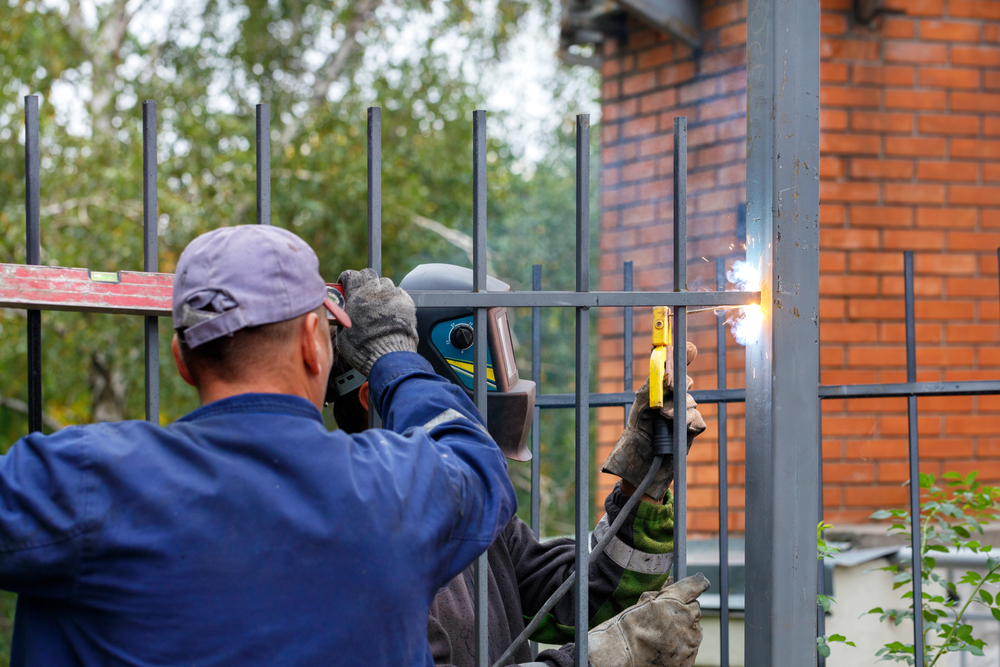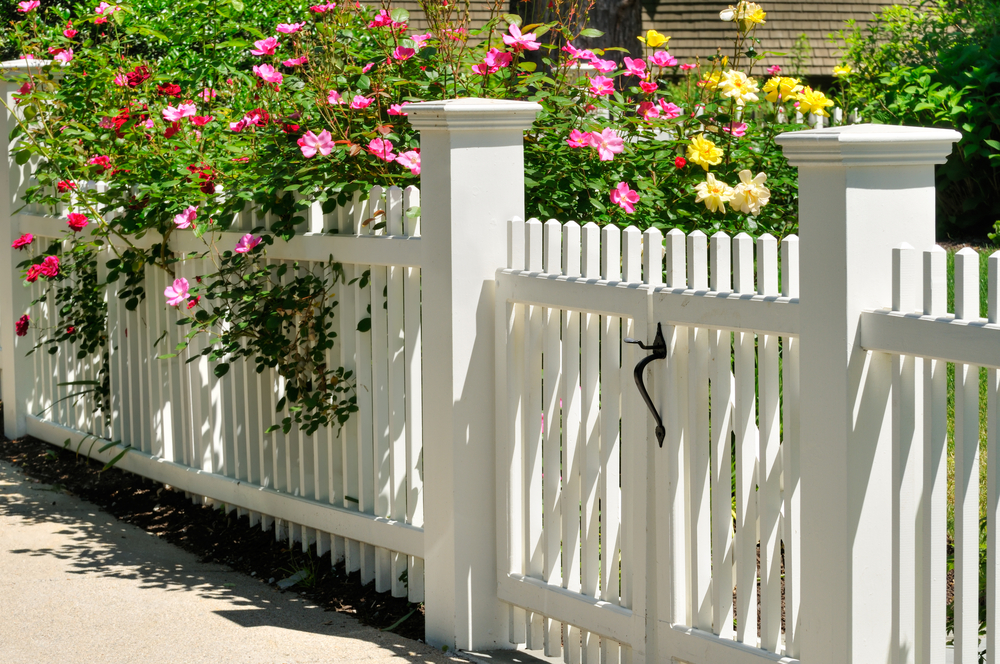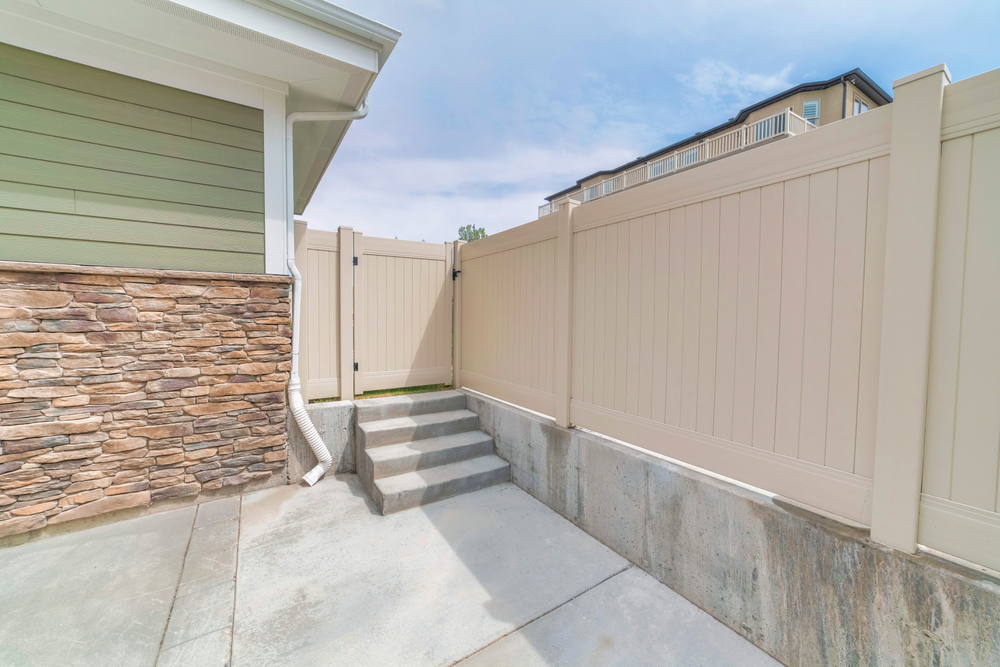Vinyl itself is not typically used as a primary soundproofing material because it is not particularly effective at blocking or absorbing sound. Vinyl is a plastic material that does not have significant soundproofing properties on its own. However, vinyl can be part of a soundproofing solution when used in combination with other materials or methods.
Here are some ways in which vinyl might be used for soundproofing:
- Vinyl Sound Barrier:
- Vinyl can be incorporated into sound barrier materials, such as vinyl barriers or mass-loaded vinyl (MLV). Mass-loaded vinyl is a dense, flexible material that can be added to walls, floors, or ceilings to increase mass and reduce sound transmission. While it contains vinyl, it is typically thicker and heavier than standard vinyl siding or flooring.
- Vinyl Windows and Doors:
- Vinyl windows and doors can contribute to soundproofing when designed with multiple layers of glass and insulated frames. These features help reduce noise infiltration from outside.
- Vinyl Flooring Underlayment:
- Some vinyl flooring products may be installed with underlayment materials that provide a degree of sound insulation, helping to reduce impact noise from foot traffic.
- Vinyl Soundproof Curtains:
- Vinyl curtains, when designed with additional sound-absorbing layers, can be used as soundproofing curtains to block and absorb sound.
While vinyl can play a role in soundproofing, it is not a standalone solution for effective soundproofing. Soundproofing often requires a combination of materials and methods, including adding mass, using acoustic insulation, sealing gaps and cracks, and employing acoustic panels or treatments. The specific approach to soundproofing will depend on the source of the noise and the goals of the soundproofing project.
For comprehensive soundproofing, it’s recommended to consult with a professional acoustic engineer or contractor who can assess your specific situation and recommend appropriate soundproofing techniques and materials.




